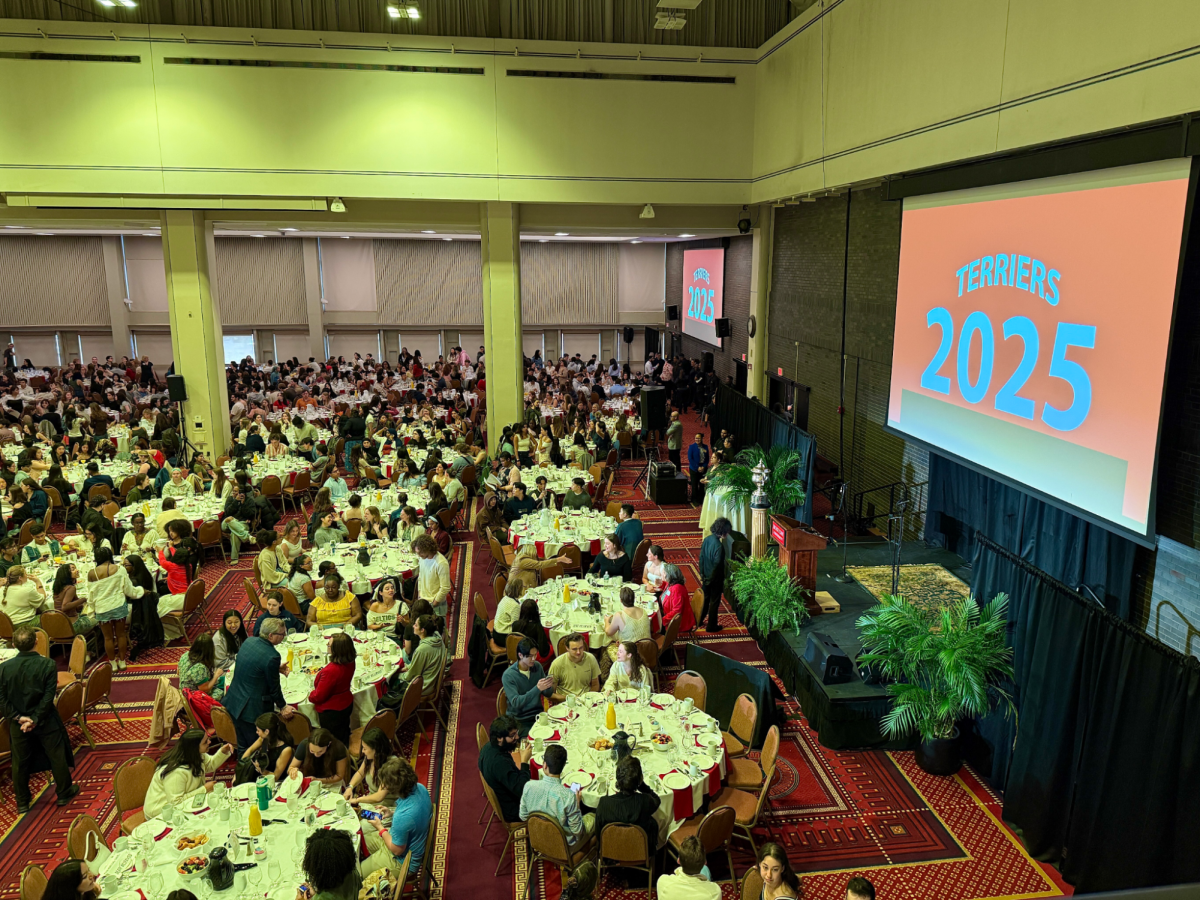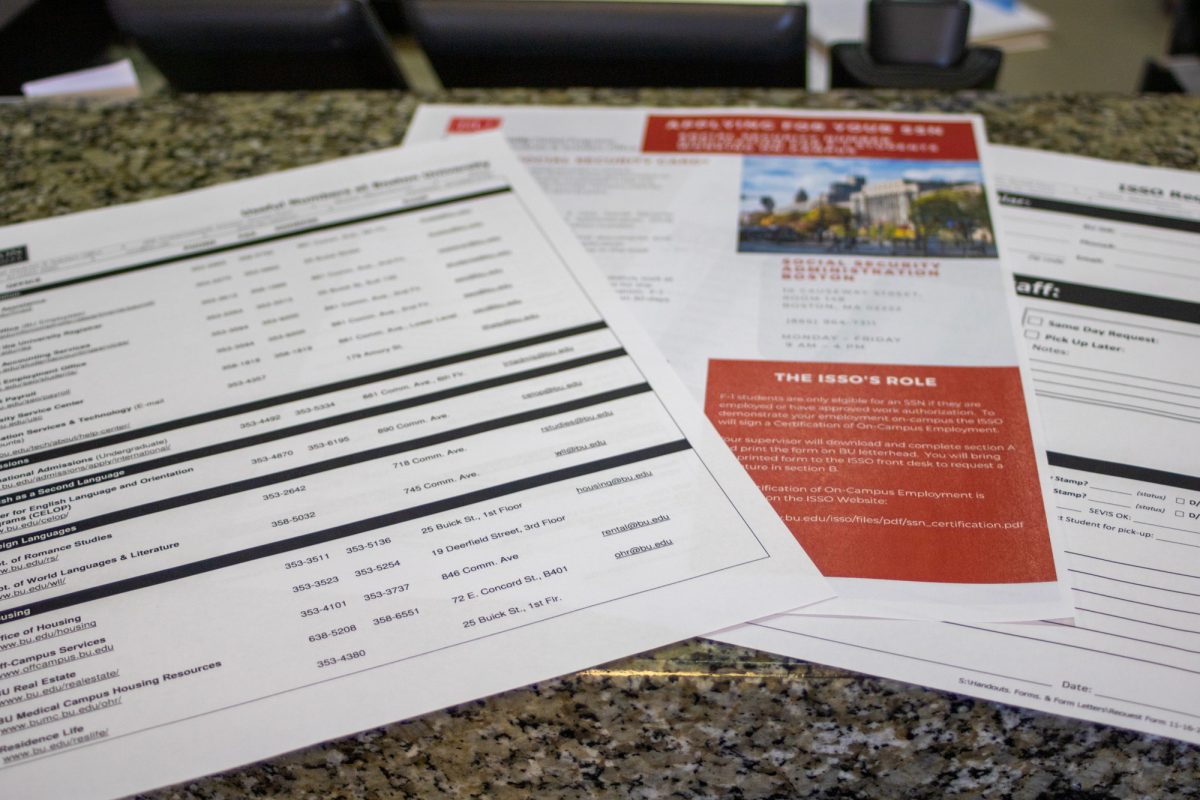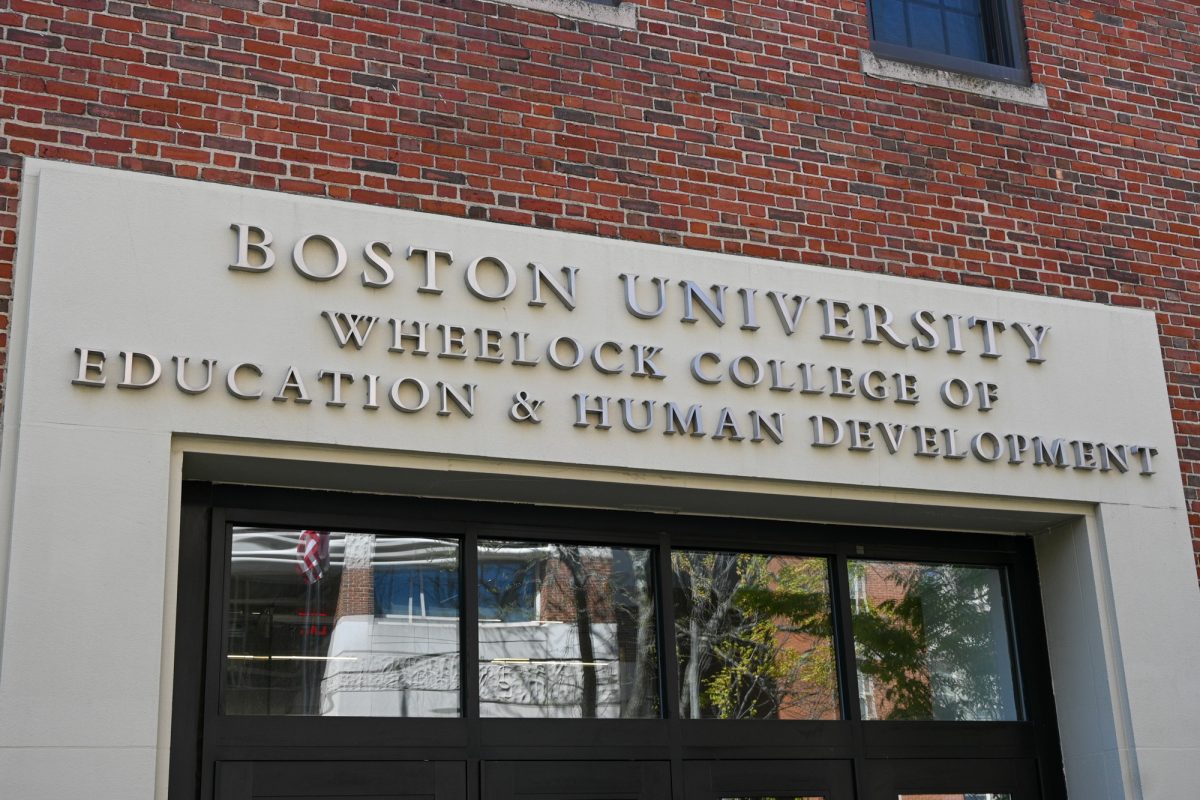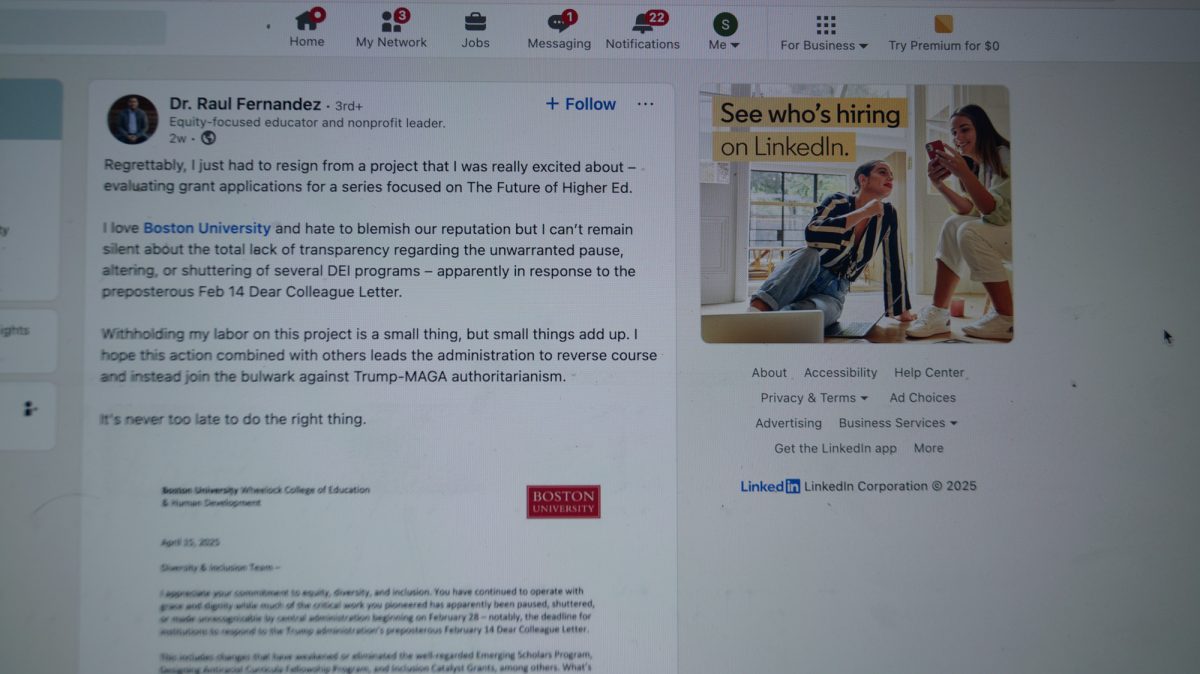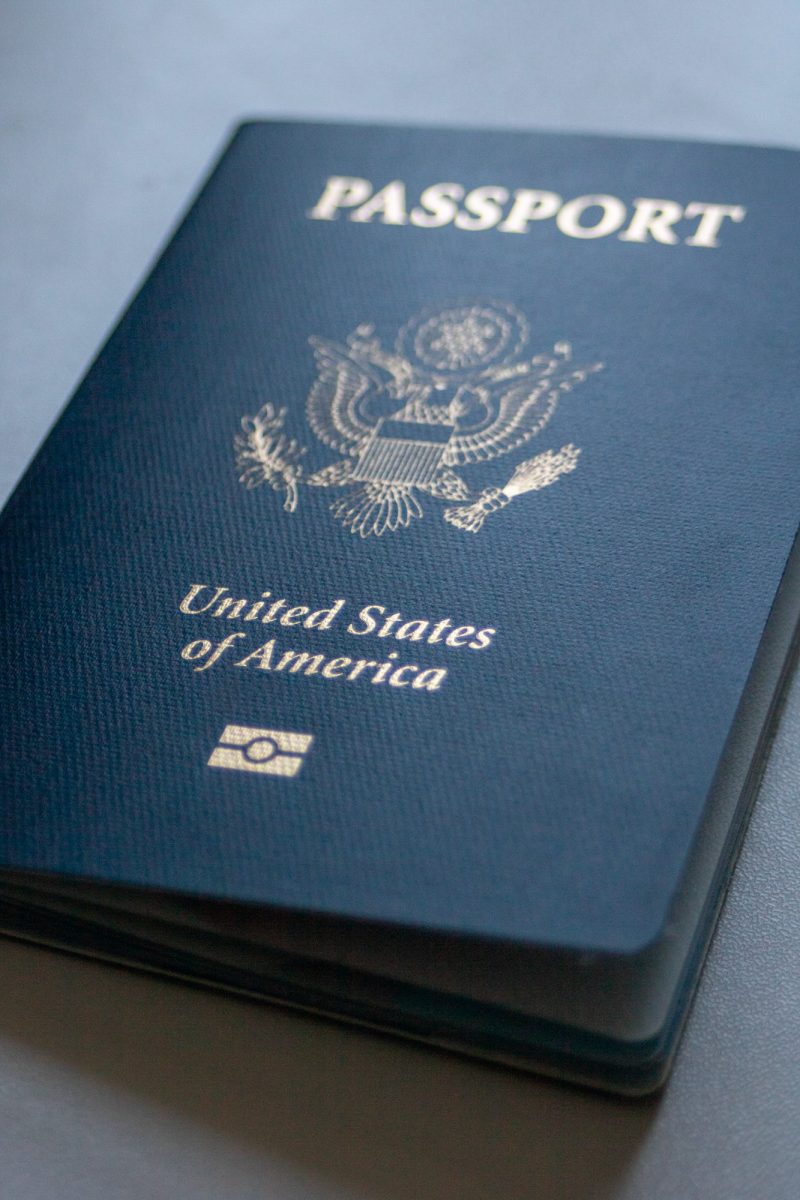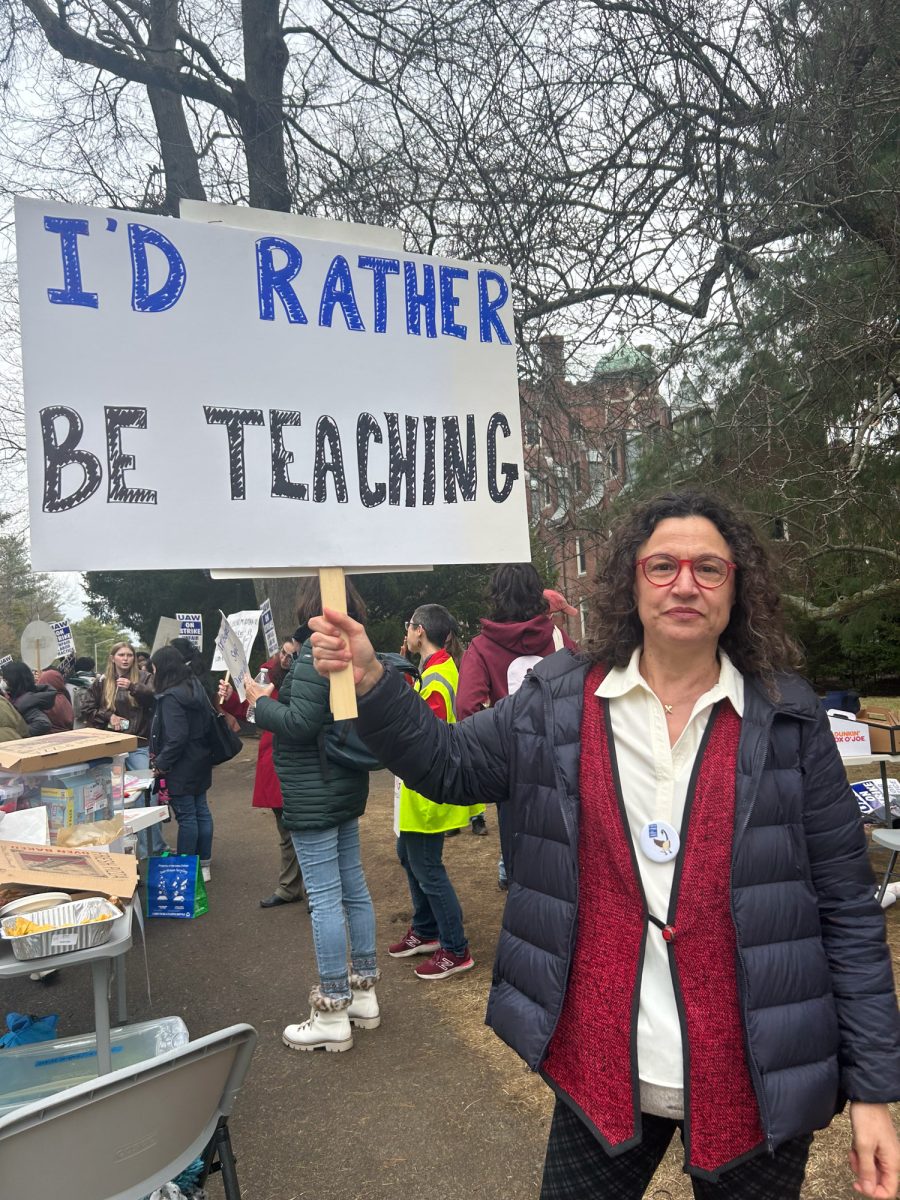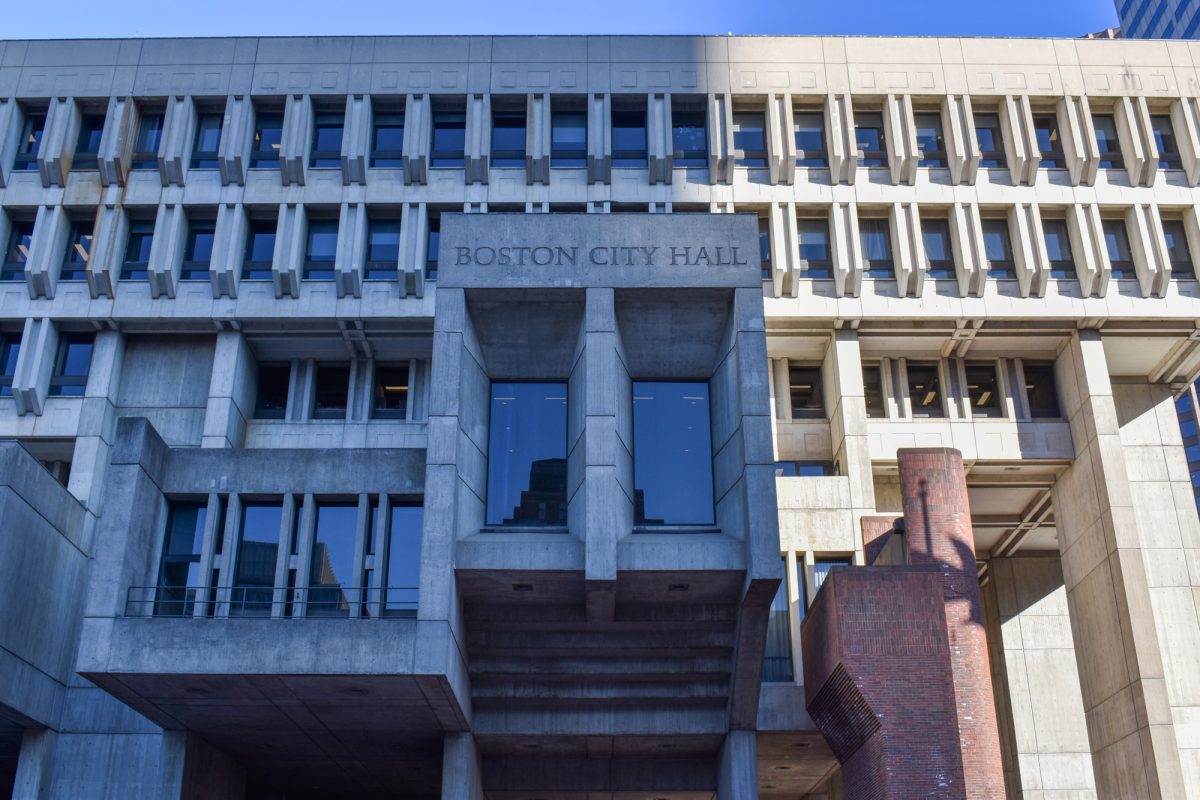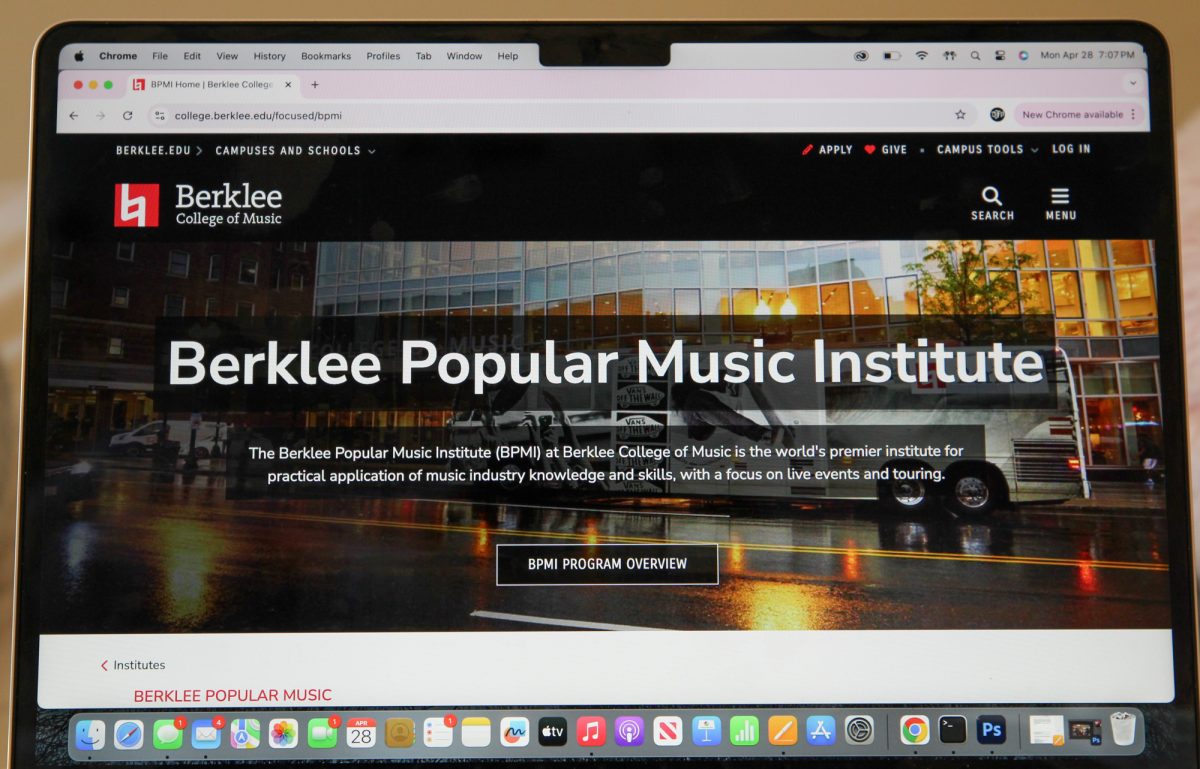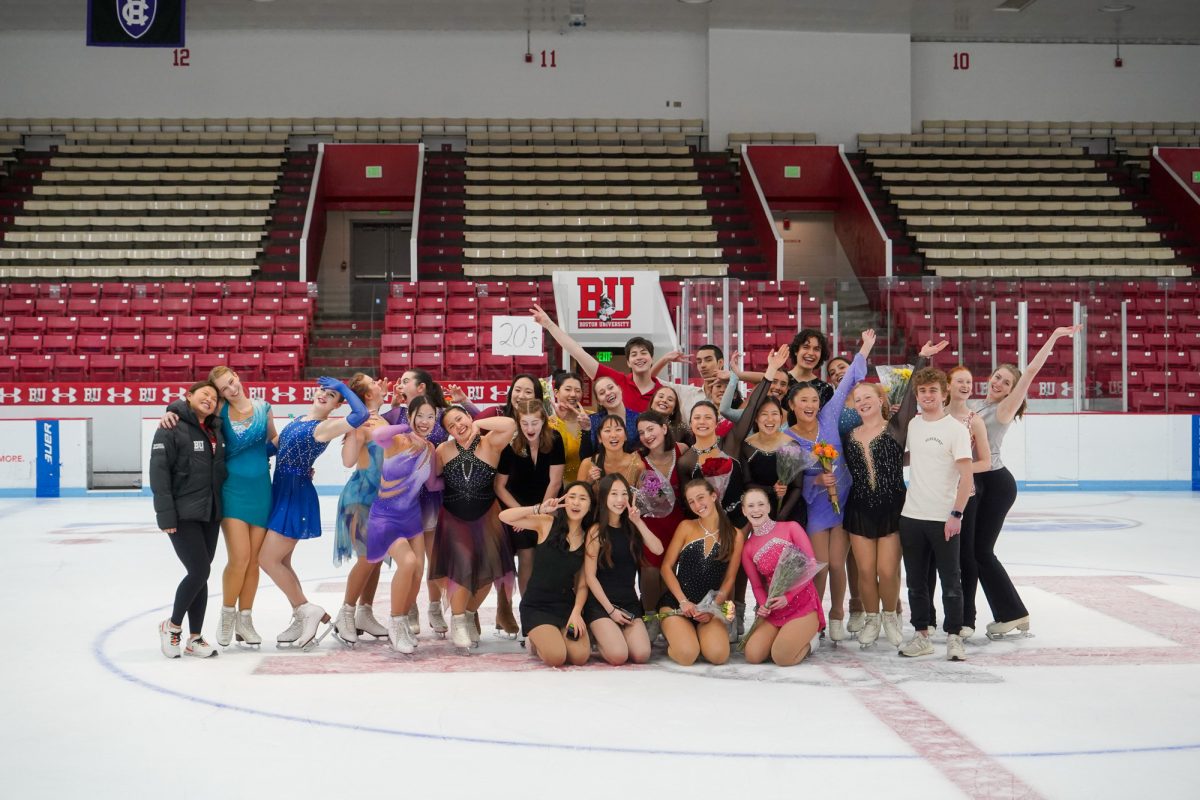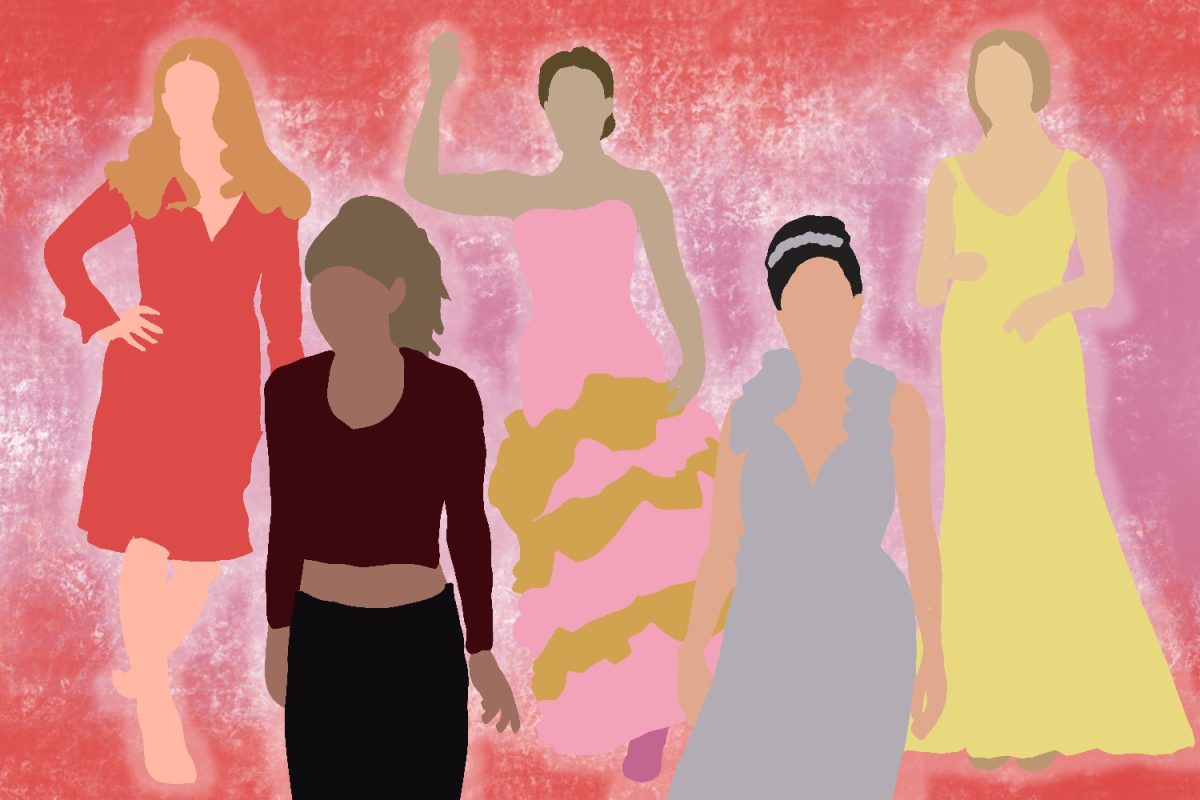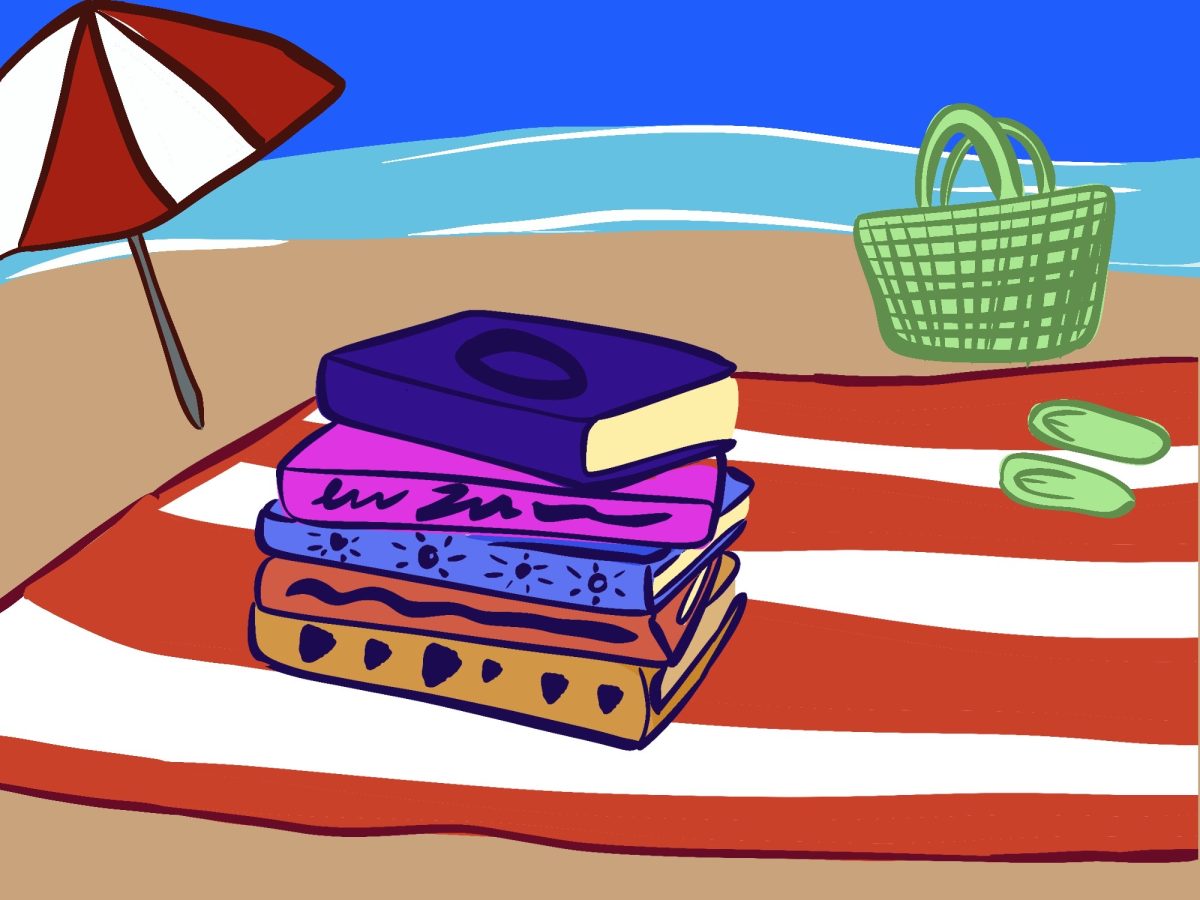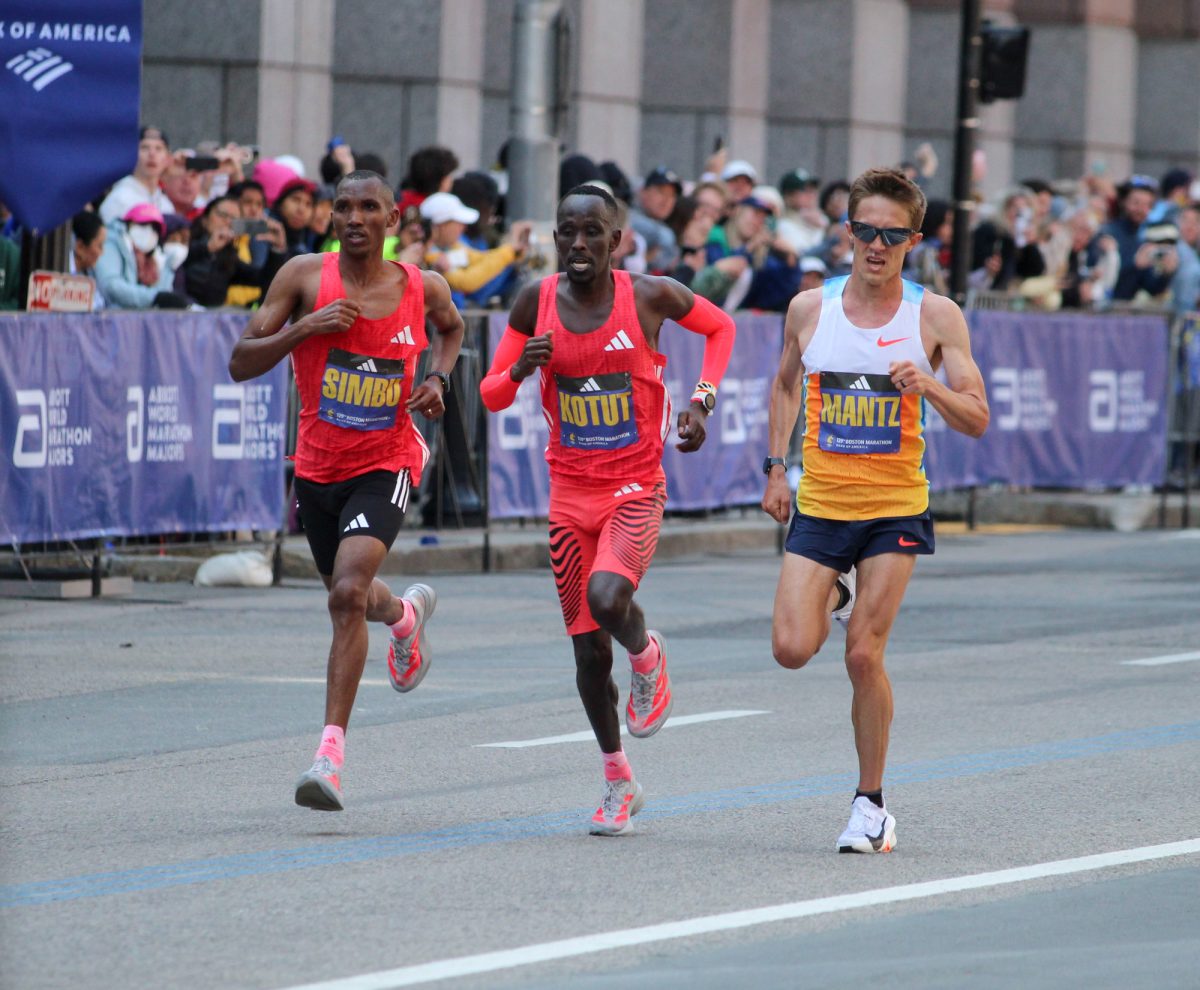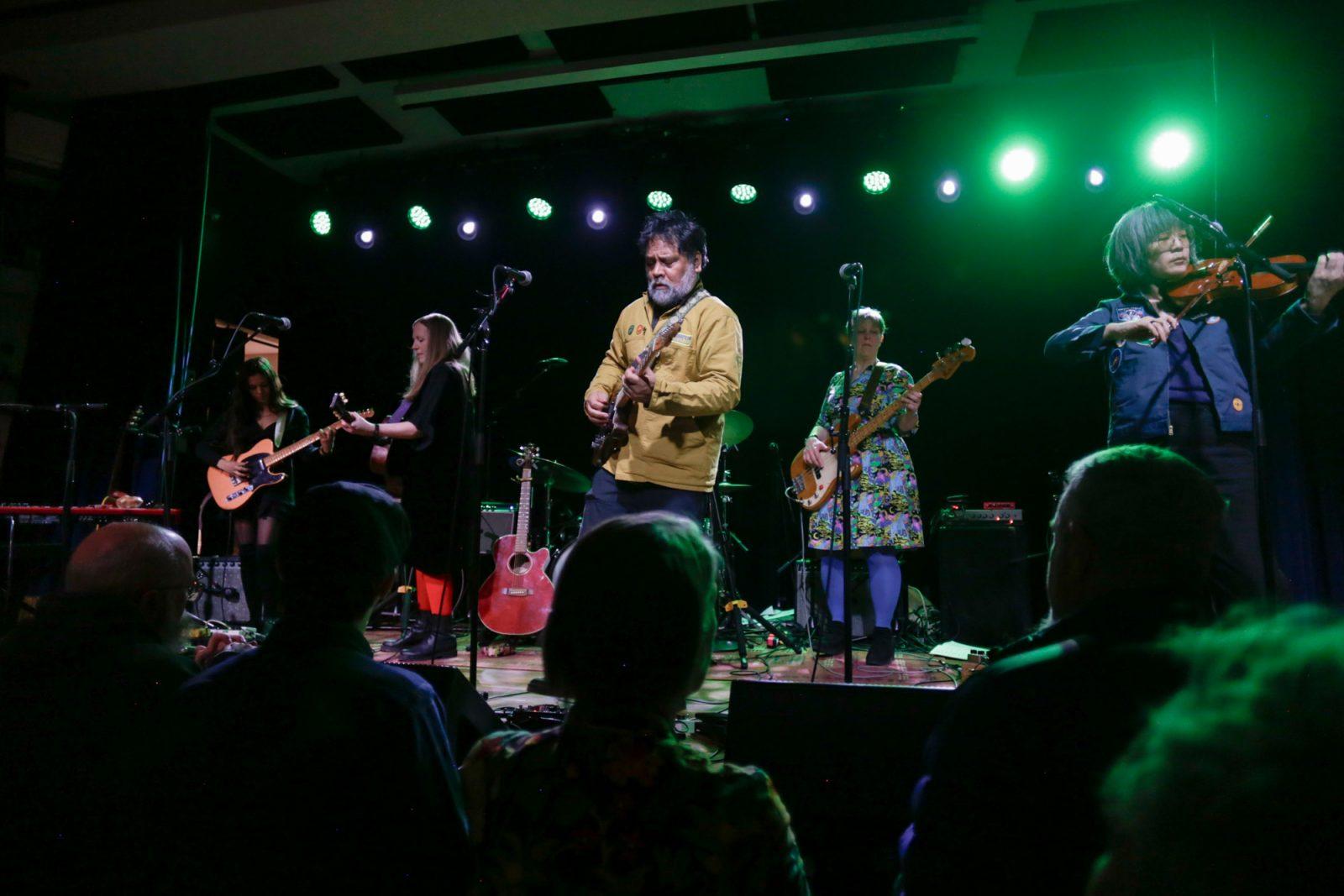Upon exiting the Government Center T stop, tourists and residents are shocked to see an ungainly construction arise from the rainy mist of Boston. The structure sits atop a trail of countless stairs and appears to be a cross between a prison and an abandoned warehouse. The cold, grayish, brownish box of a building ominously blocks out the view of quaint Quincy Market, while wind tunnels protect the entire fortress like a moat of polluted air. For 37 years, the concrete bastion we call City Hall has plagued downtown Boston.
Last month, City Councilors John Tobin (Jamaica Plain, Mission Hill) and Paul Scapicchio (East Boston, North End) proposed selling the Cold War-era building in hopes of raising millions of dollars in revenue for the city. They suggested the government offices be moved to the Hynes Convention Center, since a new convention center is opening in South Boston which is expected to take away the bulk of the old center’s business. Selling Government Center would create approximately $250 to $275 million in revenue from the sale of the 11 acres of prime city real estate.
Newer residents of Boston may not realize that Government Center was not always a vast wasteland with an ugly building in the middle. It used to be called Scollay Square, and was the brewery of debauched local life.
As Boston’s “red light district” for a large portion of the city’s history, Scollay Square hosted the hub of Boston’s vaudeville and burlesque. Hotspots like The Casino, The Crawford House, Jack’s Lighthouse, Joe and Nemo’s, Austin and Stone’s Dime Museum and Scollay’s Olympia made it the center of local nightlife. These were popular venues for everyone from the Marx Brothers to George Burns. It was also a key location, being close to the waterfront, for sailors who desired to take a break from the motion of the ocean and meet ladies who were more than willing to entertain for a fee.
As the economy failed half way through the century and the city government sough law and order downtown, Scollay Square met its demise. Local artists fought the destruction, starting fundraisers to save landmarks like the Old Howard, a 115-year-old theater. A mysterious fire burned it down and the rest of Scollay was demolished to create space for City Hall Plaza. The city received $40 million in federal funds for the project, and soon all the excitement of old Scollay vanished with the construction of City Hall.
The 1960s were filled with uprisings and political turmoil. In response, politicians sought secure headquarters. Brutalist buildings are supposed to be impervious, durable, cheap and easy to maintain structures, making them a popular choice for government buildings on almost every continent. The Brutalist style, in which City Hall was designed, was an English form of modernism evolved from Bauhaus design. Unfortunately, City Hall was built far more spacious than necessary and costs a lot to maintain, betraying both form and function and making it an unintentional nuisance to Boston.
Unlike old-time staples like the Statehouse and Boston Common, Scollay Square has already betrayed the past and changed much of Boston’s rich history. If City Hall was razed and the offices relocated, there would be little to miss. But it’s a wonder to me that rather than build a new City Hall, a government that complains about its poverty is okay with the idea that a new convention center was built on the waterfront, while the mayor and City Council could end up stuffed in the corner of an expired building in Back Bay.
An administrative center in Hynes presents no room for protests, rallies, fairs and all the other hullabaloo associated with the outside of municipal government headquarters. Take the example of the recent gay marriage rallies around the Statehouse. Would Back Bay be able to sustain such noise and temporary overpopulation? Surely, the tourists of Newbury and Boylston would object.
If it were up to me, the government of Boston would declare eminent domain and take over Fenway Park. They could host the local government on the baseball field during the off-season. That way, Bostonians, seated in the shadows of the green monster, would take a greater interest in politics.
Mayor Thomas Menino could deliver speeches from home plate and Councilors Charles Yancey and Chuck Turner could deliver their poignant appeals with enough space for a back-up gospel choir. The young Michael Ross and John Tobin could rally up the college fans and maybe even use baseball to resolve important issues: Rather than have all the council members vote, each side of an issue could make up a team and whoever got more home runs would win. In addition, people could throw peanuts at Michael Flaherty if they disagree with his decisions as president of the council, or at Rob Consalvo and the other council members when they get flustered or come up with bad policy.
The best part of the plan: concessions. What better way to curb a running deficit than by selling hot dogs and beer? All of a sudden, politics will appeal to all Bostonians of legal drinking age.
I doubt my proposal will be very successful with the council, but Hynes will most likely not be a viable home for their chambers and the city is running out of virgin office space. Whatever happens, the tragedy of Scollay Square and the red light district’s downfall, along with the pain that the hideous City Hall building has caused our vision, will never be forgiven or forgotten.

